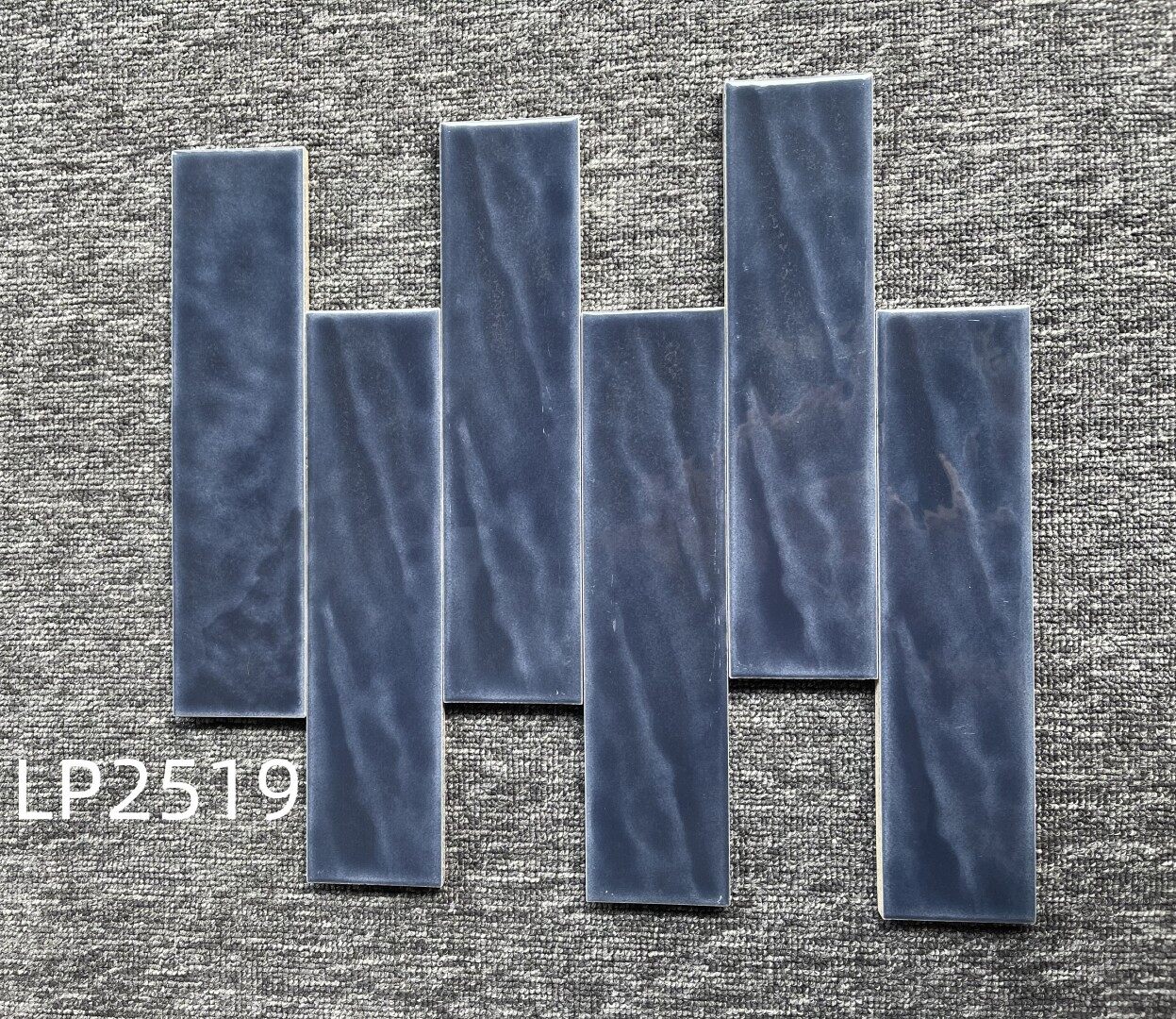Email format error
Email cannot be empty
Email already exists
6-20 characters(letters plus numbers only)
The password is inconsistent
Email format error
Email cannot be empty
Email does not exist
6-20 characters(letters plus numbers only)
The password is inconsistent

When renovating your home or starting a new project, one of the key decisions you'll face is choosing the right flooring or tiling material. Among the popular choices are porcelain and ceramic tiles. Both have their own set of advantages and drawbacks, but if you’re wondering about what cheaper porcelain or ceramic tile might be, this blog will help you navigate the options and make an informed decision.
Before diving into the cost comparison, it's crucial to understand what porcelain and ceramic tiles are. Both materials are types of clay tiles, but they differ in composition, manufacturing processes, and their respective uses.
Ceramic tiles are made from a mixture of clay and other natural materials, which are then shaped and fired at a high temperature. They are generally softer and less dense than porcelain tiles, making them easier to cut and shape. Ceramic tiles are usually glazed, which means they have a protective coating that can come in various colors and patterns.
Porcelain tiles, on the other hand, are a subtype of ceramic tiles but are made from a finer clay and fired at a much higher temperature. This process makes porcelain tiles denser and less porous than ceramic tiles. As a result, porcelain tiles are generally more durable and suitable for high-traffic areas or places with moisture exposure, like bathrooms and kitchens.

When asking what cheaper porcelain or ceramic tile might be, it’s essential to consider not just the initial purchase price but also factors like installation, maintenance, and longevity.
1. Initial Purchase Price
Generally speaking, ceramic tiles are more budget-friendly compared to porcelain tiles. The lower cost of production for ceramic tiles means they are often cheaper per square foot. You can find ceramic tiles ranging from $1 to $5 per square foot, depending on the quality, design, and brand.
Porcelain tiles, due to their more complex manufacturing process and higher durability, usually come with a higher price tag. On average, you can expect to pay between $3 and $10 per square foot for porcelain tiles. High-end designs or custom options can be even more expensive.
2. Installation Costs
The cost of installation is another important factor to consider. Both porcelain and ceramic tiles require a similar installation process, but because porcelain tiles are denser and harder, they can be more challenging to cut and install. This can lead to higher labor costs if you’re hiring a professional. For DIY enthusiasts, working with porcelain tiles might be more challenging and require specialized tools.
Ceramic tiles are easier to handle and cut, which can make installation quicker and potentially less expensive. If you’re considering a DIY project, ceramic tiles might be the more approachable option.
3. Maintenance and Longevity
While porcelain tiles might have a higher upfront cost, they often prove to be a better long-term investment. Porcelain tiles are highly resistant to stains, scratches, and moisture, which means they often require less maintenance and can last longer than ceramic tiles. This durability can translate into savings over time, as you may avoid the costs associated with replacing or repairing tiles.
Ceramic tiles, although less durable than porcelain, are still a good option for low- to moderate-traffic areas. They do require more maintenance, particularly if the glaze is damaged or if you have unglazed tiles. Regular sealing might be necessary to prevent moisture penetration and staining.
4. Aesthetic and Design Flexibility
Both porcelain and ceramic tiles offer a wide range of designs, colors, and patterns. However, porcelain tiles often have a more uniform appearance and can be designed to mimic natural materials like stone or wood, which can add to their appeal and cost. Ceramic tiles also come in various styles but might not match the high-end look that some porcelain tiles provide.
In terms of design flexibility, both types of tiles offer plenty of options. However, if you’re looking for a more luxurious or specific aesthetic, you might find that porcelain tiles are available in more high-end designs.
When it comes to deciding what cheaper porcelain or ceramic tile is, ceramic tiles usually come out as the more affordable option. They are generally less expensive both in terms of purchase price and installation costs. However, if you’re looking for durability and long-term savings, investing in porcelain tiles might be worthwhile.
It’s also important to consider the specific needs of your space. For example, if you’re tiling a high-traffic area or a room exposed to moisture, the added durability of porcelain might justify the higher cost. Conversely, if you’re working on a budget and your space doesn’t require the extra durability, ceramic tiles could be the more cost-effective choice.
Deciding between porcelain and ceramic tiles involves more than just comparing prices. While ceramic tiles are generally cheaper and easier to install, porcelain tiles offer greater durability and longevity, which can save you money in the long run. Your choice will depend on your budget, the specific requirements of your project, and your personal preferences.
Whether you opt for the more affordable ceramic tiles or decide to invest in the durability of porcelain tiles, both options can provide beautiful and functional results for your home. So take your time, weigh the pros and cons, and choose the tile that best fits your needs and budget.